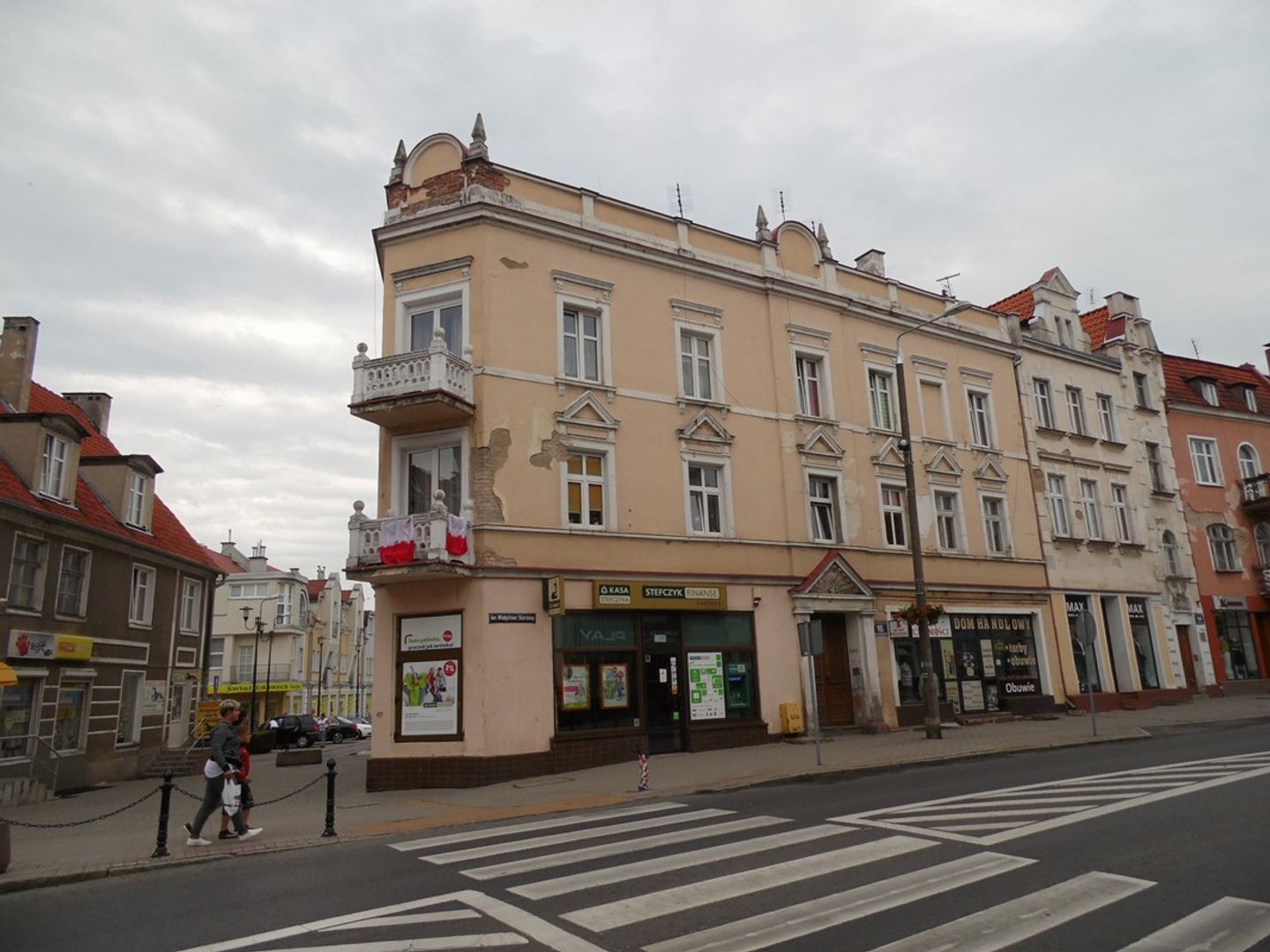Kętrzyn
6.94

Overview
Kętrzyn is a city in the Warmian-Masurian Voivodeship with a rich history dating back to the times of the Prussian Bartian tribe. Located in the historic region of Barcja, it became an important administrative center of the Teutonic Order after 1329, when a guardhouse was built here. It received town rights on November 11, 1357. Kętrzyn is renowned for its well-preserved monuments, including the Minor Basilica of St. George, one of the best-preserved defensive churches in Masuria, and the Teutonic Castle, reconstructed in the 1960s, which now houses a museum. The city also features fragments of 14th-century defensive walls, an eclectic town hall, the neo-Gothic Church of St. Catherine, and a classicist Masonic lodge. Kętrzyn is known for its educational institutions, including the Wojciech Kętrzyński High School No. 1. The city faces the challenge of a declining population, currently standing at around 27,000 residents. Locals can enjoy a variety of cultural offerings at the Kętrzyn Cultural Center and local press. Numerous sports clubs operate in Kętrzyn, including "Granica" and "Olimpia," as well as recreational facilities such as the municipal stadium and the "Kętrzynianka" recreational complex. The city also has rich religious traditions, with many Catholic and Protestant churches. An interesting fact is that the Wolf's Lair, Hitler's headquarters during World War II, was located near Kętrzyn. The city also boasts strong equestrian traditions, home to the Kętrzyn Stud Farm. Kętrzyn is a partner city to several towns, and in 2022, it terminated cooperation with the Russian city of Svetly due to the events in Ukraine.
Location
2025 Wizytor | All Rights Reserved